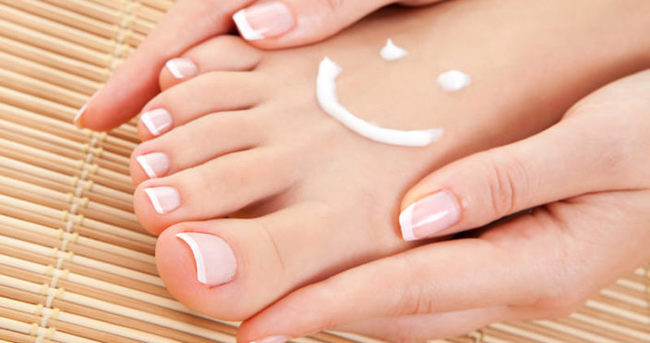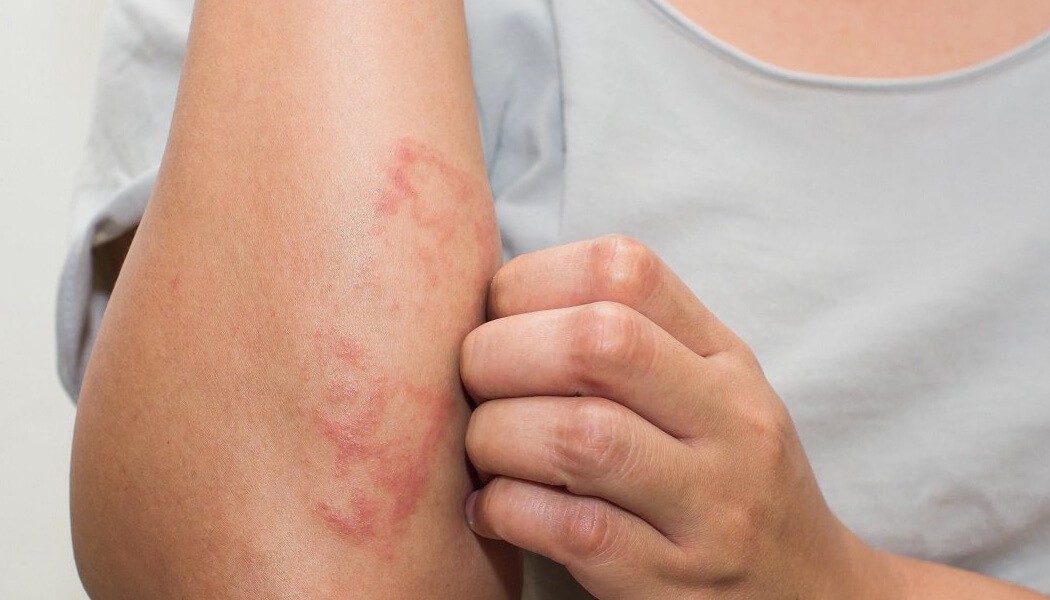4 tips for skin care in diabetes
Skin problems in diabetes:
If the body produces little or no insulin to break down sugar from food, blood sugar levels inevitably rise. For diabetics, monitoring and regulating their own blood sugar levels is sometimes vital. Having too much sugar in the body has many negative effects on organs and endings. However, the high blood sugar levels of individuals with diabetes also have an impact on skin health. Diabetics often suffer from very dry, tight and itchy skin. The body tries to excrete the excess sugar in the system through urine. Frequent urination removes too much fluid that would otherwise benefit the skin.w2
4 tips for healthy skin despite diabetes:
1. Don’t forget to moisturize your body!


Chronically dry skin prone to infection requires special care. Many diabetics suffer from itchy dry sores. When it gets tense again and the itching becomes unbearable, some patients split their skin into modules. Bacteria and pollutants can cross the damaged skin barrier and cause inflammation. It is much more recommended to apply skin-friendly care creams instead of surrendering to itching. Diabetics should use moisturizing creams. In the best case, creams also contain care additives such as urea, vitamin E or jojoba oil. Skin creams should preferably be fragrance free.
2. Avoid long showers and baths


Individuals with sensitive, dry skin – including diabetics – should not spend too much time in the shower or even in the bath. Paradoxically, too much showering and bathing also dries out the skin. Long showers also wash away many of the natural skin oils our protective cover needs to keep out external pollutants and pathogens. Therefore, individuals with diabetes should only take a short shower after each shower, use pH-neutral shower lotions, and use moisturizing skin care products. Moisturizing creams are also recommended after showering.
3. Foot care and flip flops in swimming pools


Because people with diabetes have drier skin, it is easier for athlete’s foot and nail fungus to penetrate the delicate skin barrier. Therefore, diabetics should pay particular attention to their regular foot care routines. This includes, for example, short daily foot baths, pH-neutral skin care lotions for the feet, and conscious drying of the cavities in the middle of the toes, where bacteria and fungi can simply play around in damp environments. However, particular susceptibility to skin fungal diseases in outdoor pools and swimming pools, especially in summer, means: Wear flip-flops! In places where there is a lot of bare foot traffic, slippers or bath shoes should definitely be worn in order not to allow bacteria, viruses and fungi to infect one’s own, especially sensitive foot skin.
4. Inspect regularly for injuries


Diabetes sometimes causes permanent and irreversible damage to the border ends of the skin. As a result, the pain receptors in the skin no longer react as sensitively as they should. Side effect of this receptor damage: Small wounds and injuries on the skin are not noticed by diabetics or not noticed early enough. This can lead to severe infection. Therefore, adequate skin care for individuals with diabetes also includes regular examinations for injuries. Have a partner or confidant inspect the areas that you cannot examine yourself.

